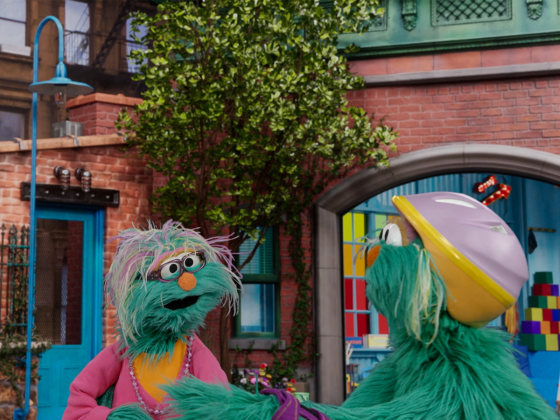
Parenting Moment: Describing
The way you talk with children matters! Your words have power.
Caregivers can support children’s development by describing—saying what they’re doing, as if you’re a sportscaster giving the play-by-play narration of a game!
Describing lets your child know you’re paying attention and you’re interested in their world. It also builds self-esteem, increases their focus and attention span, and builds vocabulary. It also helps children learn new words and basic concepts like numbers, shapes, and colors.
It all starts with following children’s lead. For instance:
- If your child is drawing a smiley face, you can say, “You’re using a thick crayon to draw an orange smiley face.”
- If your child is on a scooter, you might say “Zoom zoom, you’re cruisin’ along behind daddy. You just made a good turn!”
- If your child is showing a baby a ball and saying, “This is my fuzzy ball,” you might say “You’re showing Baby Jojo your fuzzy ball… you’re telling her all about it!”
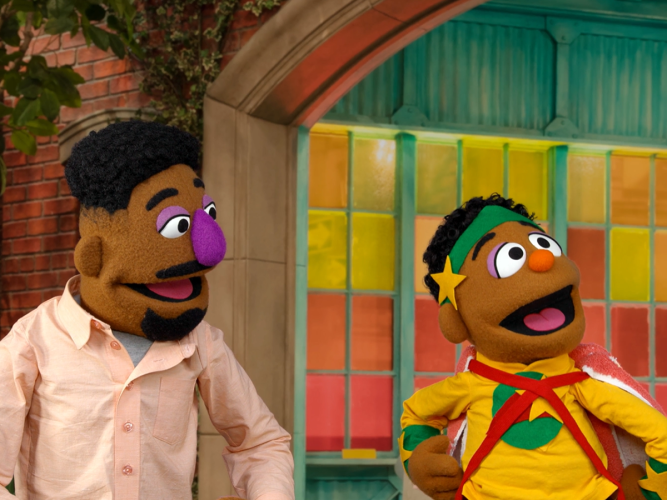
Parenting Moment: Imitating
Playing is learning! The way you play with children matters… your actions and words have power.
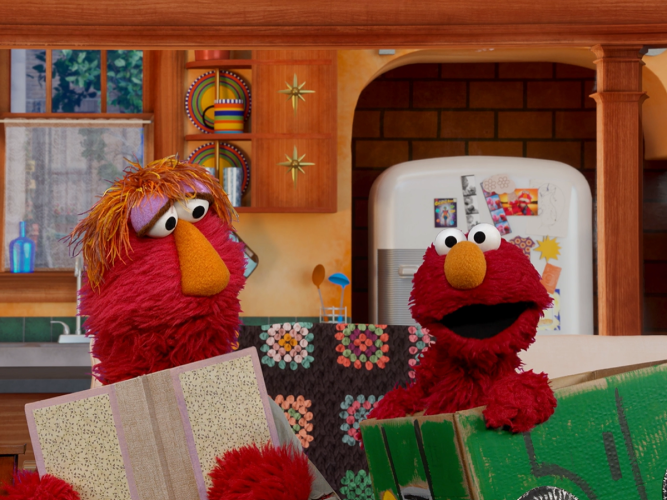
Parenting Moment: Reflecting
The way you talk with children matters… your words have power!
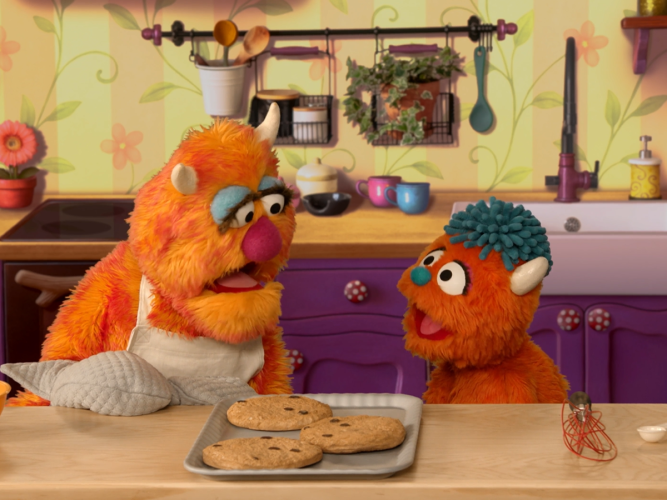
Parenting Moment: Enjoying!
Showing you enjoy your time together with your child builds your special bond. And when you’re being positive, your little one is more likely to do the same.

The Power of Following Children’s Lead
Joining children in their play offers so many opportunities to encourage, communicate, bond, spark and share joy, teach, show warmth and kindness, and help them thrive.
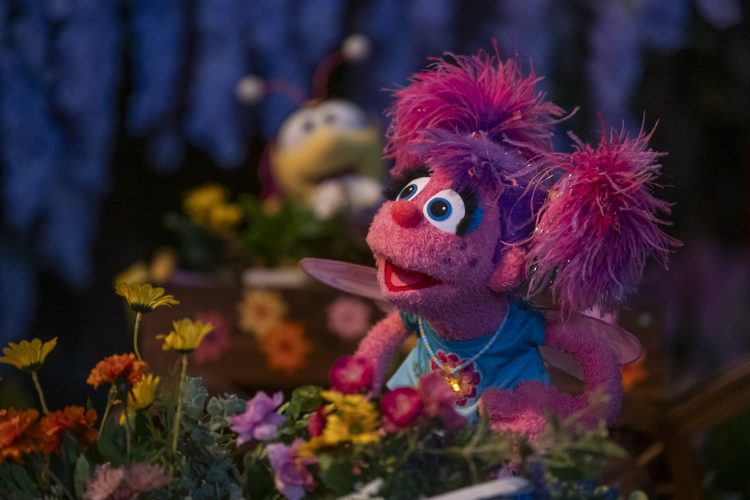
Watch and Play: Abby's Magical Beasties
Watch this episode and explore ways to extend the learning at home.
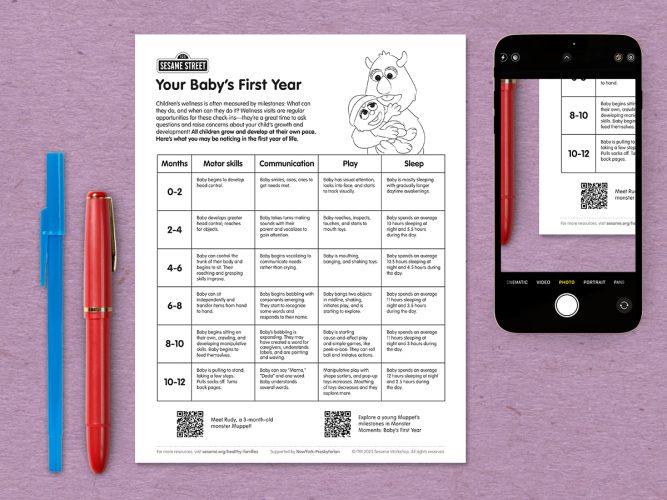
Milestones: Your Baby’s First Year
All children grow and develop at their own pace; use this chart to guide your expectations and observations so you can talk to your child’s pediatrician about questions or concerns.
